To say that technology has permeated almost every part of our daily lives is almost a truism.
Technology has also resulted in new challenges for people—mainly how to use it, get the most out of it, overcome possible problems, etc.
At the same time, the users want to have a pleasant experience interacting with technology.
Technical writers and UX writers use their skills to help users overcome those challenges, but they don’t have the same job.
Curious to find out the differences? Let’s get started!
What Is a Technical Writer
Whether they’re aware of it or not, most people come across technical documents quite frequently.
Such documents have become a part of our daily lives, and there are professionals who create them.
Let’s turn to Josh Fechter, a technical writing expert and a founder of Squibler, to elaborate on who technical writers are.
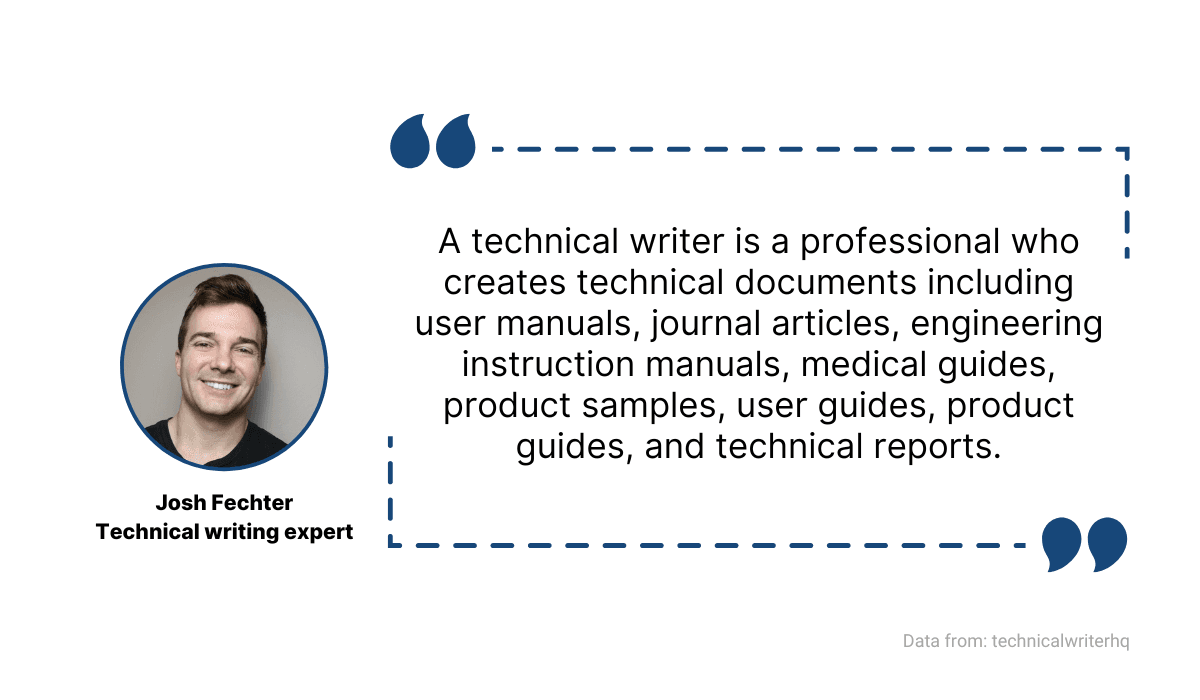
Source: Archbee
As you can see in his definition, technical writers can create documentation in a wide variety of industries.
That means that technical writers are usually highly specialized in the industries they write for.
For instance, take a look at the list of industries that employ the most technical writers in the USA.

Source: datausa
Notice how different they are—in just the top five, you have computer systems design, pharmaceutics, architecture, etc.
Finding a technical writer who can produce quality work in unrelated industries like those is borderline impossible.
And that would clash with the primary purpose of technical writing, as Fechter explains—to transform complex information into something more actionable and useful.
In other words, it provides a reader with a resource where they can find information and solve their issues. If a writer specializes in a particular industry, that’s a realistic goal.
For example, only a technical writer knowledgeable about software development can write API documentation like SendGrid’s below.
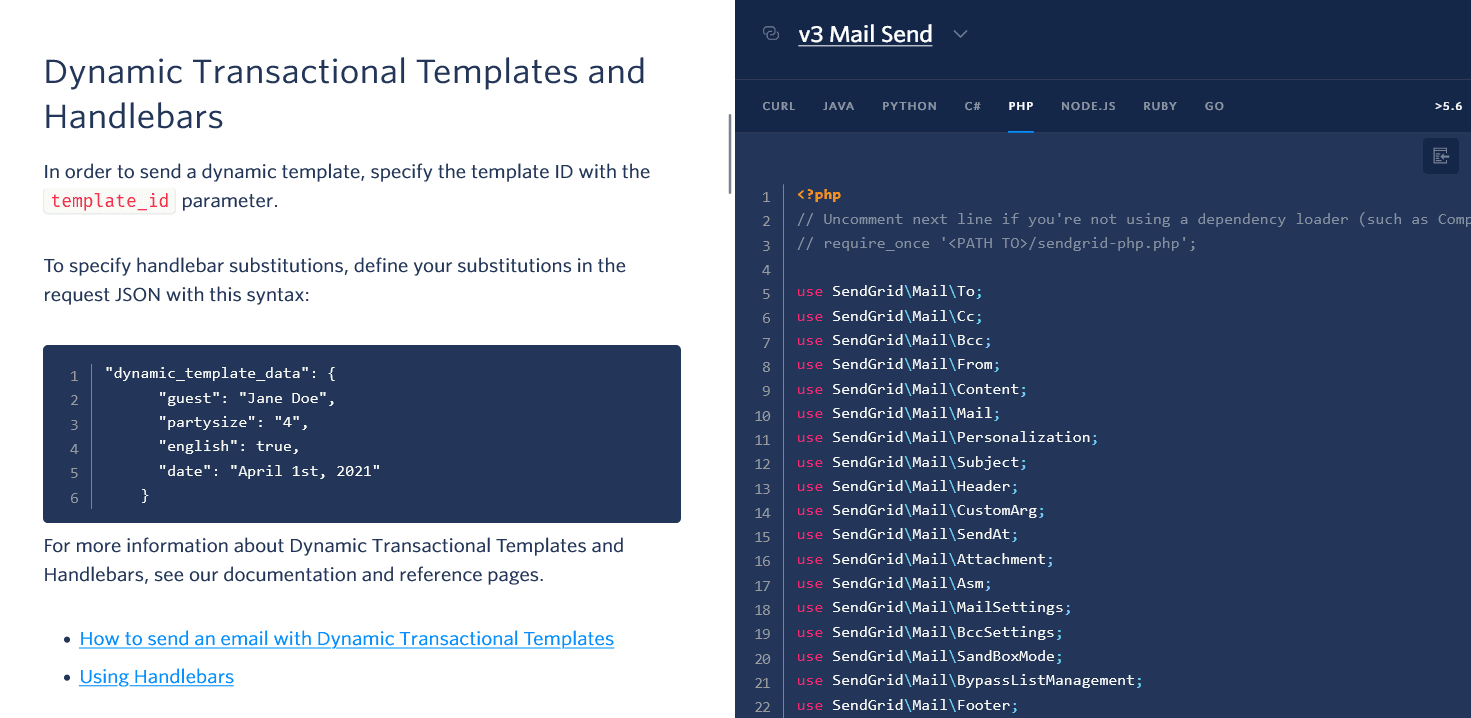
Source: docs.sendgrid
One glance at the screenshot above is enough to see that a reader needs specific knowledge to find that documentation helpful.
To sum up, a technical writer is a highly skilled person who possesses knowledge about the industry he or she is a part of, and they know how to mold that knowledge into something useful to a reader—be it a washing machine manual or third-party integration documentation.
What Is a UX Writer
User experience (UX) is crucial to every software, app, or website. If users have bad experiences using them, they’ll choose a more user-friendly alternative.
UX writers play a significant role in preventing that from happening.
According to Katharina Grimm, a writer and writing educator, UX writing is a type of writing that is strictly aimed at users and improving their experience.

Source: Archbee
What can that be? It can be a text within an app notification, an error message, a call-to-action button, a reminder to enter a password, etc.
In short, it’s microcopy—a snippet of text that guides the user and contributes to creating a great experience using a digital product.
And, as Sheena Lyonnais, a digital marketing specialist and writer, points out, examples of microcopy are all around us.
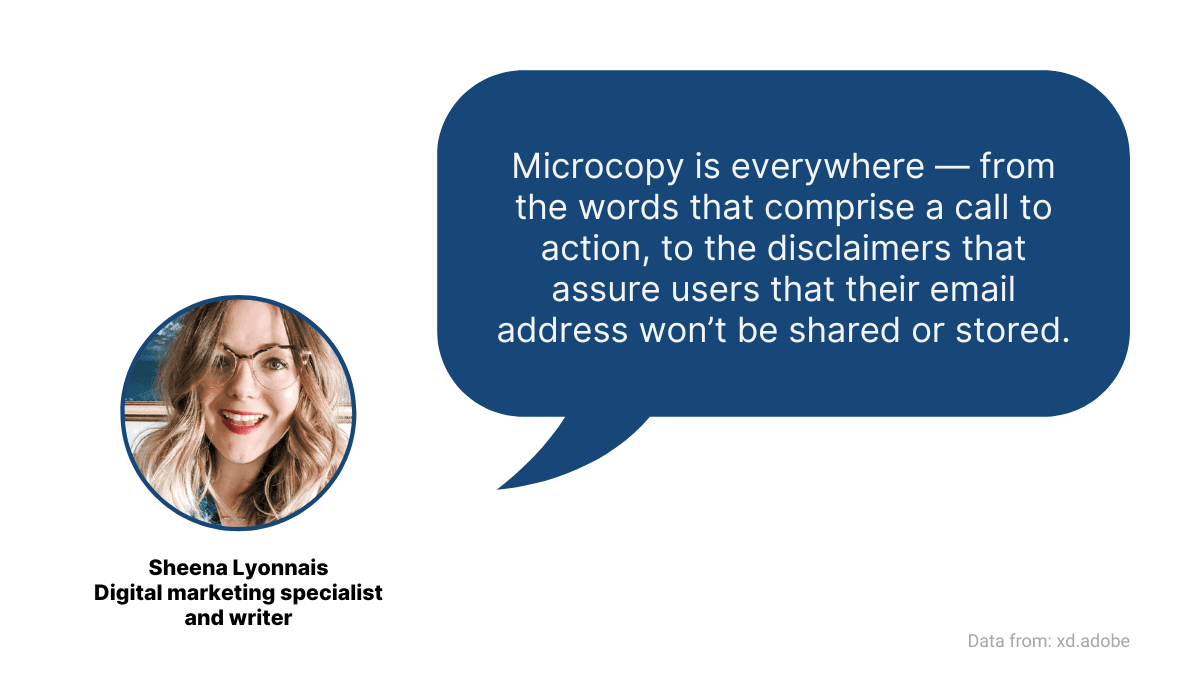
Source: Archbee
Therefore, UX writers have an important task.
Their text can shape a journey through an app, program, or website.
The words they choose, the tone, how concise they are, and how well they can understand a user’s point of view are just some of the factors that can make or break a user’s experience.
And the effort can lead to more satisfied customers and more revenue for the company.
Outstanding UX writing is quickly recognized, and users appreciate it, like this public praise on Twitter for Foodpanda you can see below.

Source: Twitter
How a UX writer approaches their task depends on many factors—for instance, some companies would want to use humor, while others might prefer a more straightforward message.
But, regardless of that, all UX writers should be able to efficiently use words to convey crucial information that contributes to a smooth user experience.
Technical Writer vs. UX Writer: Key Differences
Technical writers and UX writers have some things in common, and we can sum up those shared features under the umbrella of writing for the users’ needs.
However, there are some key differences between those roles that we should point out.
As mentioned earlier, technical writers can work in many industries, while UX writers work on digital products.
However, even when technical writers also work in software development, the scope of their writing is broader.
Here’s how Keith Mahoney, who has experience in both technical writing and UX writing, puts it:
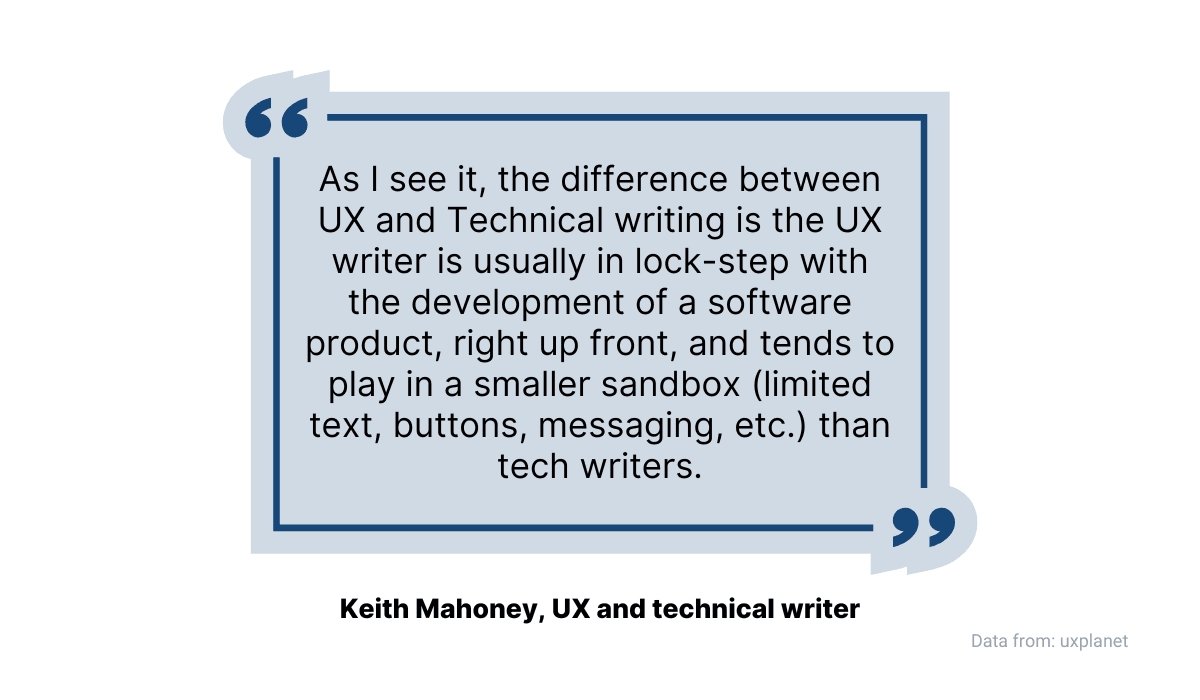
Source: Archbee
So, to continue with Mahoney’s analogy, technical writers get to “play in bigger sandboxes”.
In other words, they are focused on high-volume documentation like guides, manuals, installation instructions, etc.
For instance, below, you can see a part of Charthop’s product documentation made with Archbee.
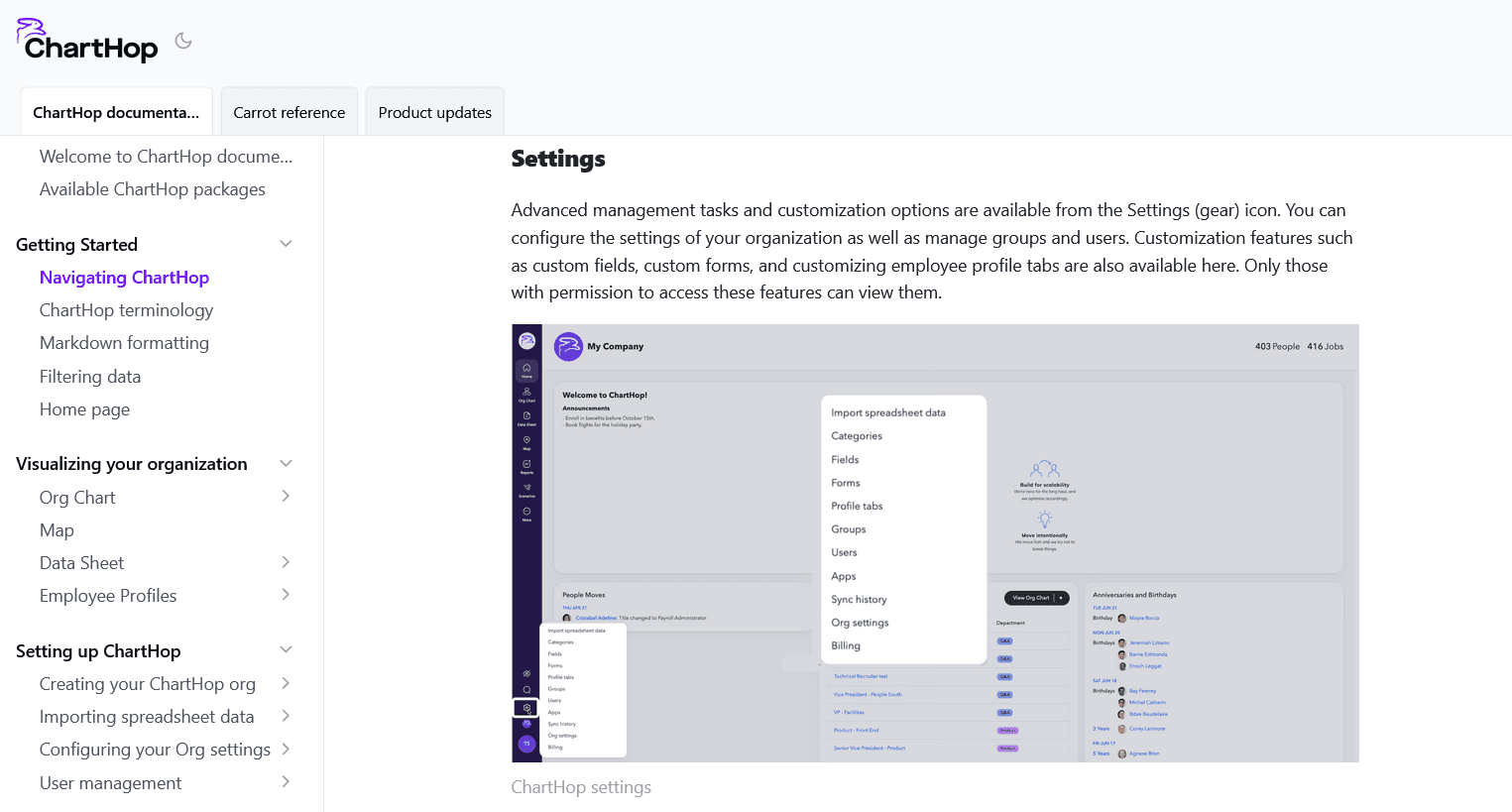
Source: docs.charthop
That’s a screenshot from the category about navigating ChartHop.
In addition to that one, their documentation has dozens of other categories and subcategories created for users to learn how to use the product.
On the other hand, a text that a UX writer creates often looks more like this message from Twitch below:
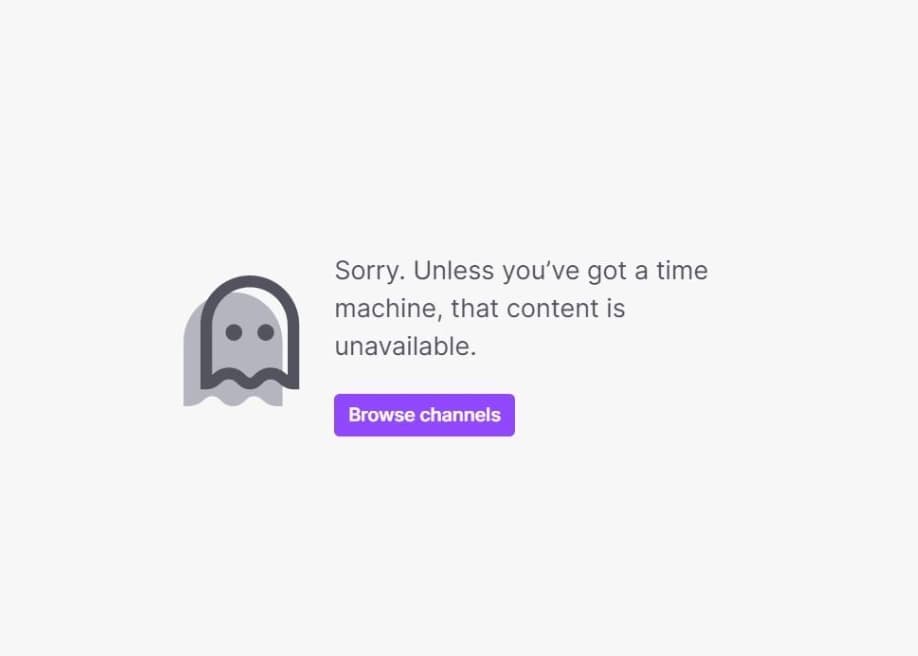
Source: awwwards
Besides the apparent difference in the amount of text, there’s another notable difference that is frequently present between technical and UX writing—the tone.
Technical writing is usually written in an objective and factual tone.
After all, the goal is to provide valuable information and help users who want to learn about the product or solve some issues.
UX writing can be more relaxed in that regard. The goal still is to help the user, but the amount of information per text is much smaller.
For example, the Twitch message above used humor, but the purpose is still achieved.
That leads us to another key difference between those two writing roles—the audience.
When a technical writer creates documentation like ChartHop’s, you can see again below, they do it for an audience with a certain level of technical knowledge.
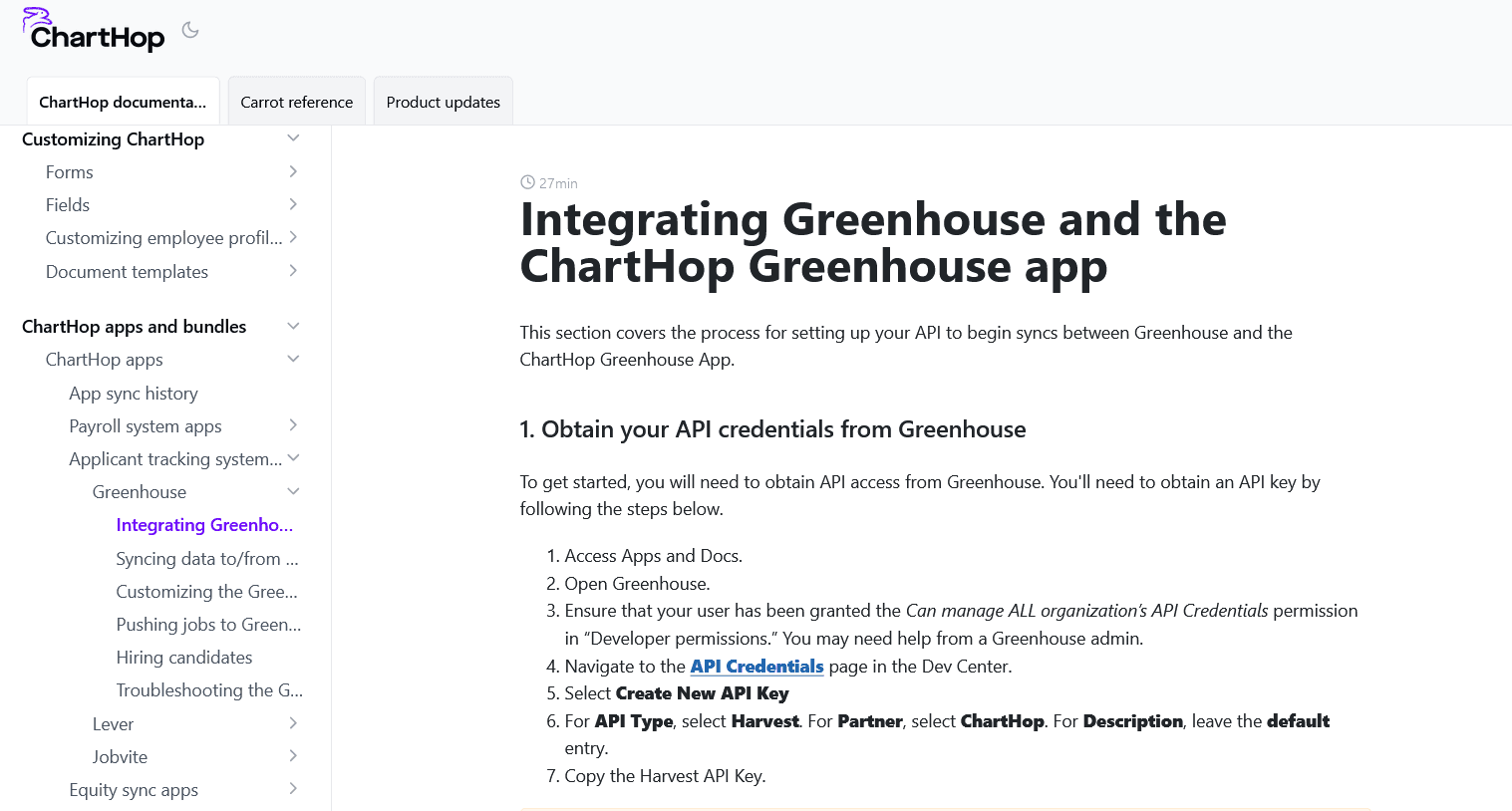
Source: docs.charthop
That doesn’t mean that the job of a UX writer is easier or that the audience isn’t as important as the one that reads about app integrations.
Instead, the point is that those two types of writing have different purposes. When a customer uses the app, the UX writer creates a significant part of the experience.
When a user wants to learn more about the app or encounters problems using it, the technical writer’s text is the one the user will rely on.
But, if you’re still unsure who to hire, let’s explore that further in the following two sections.
When to Hire a Technical Writer
As we mentioned in earlier sections, technical writers know how to turn lots of complex information into an approachable and helpful text.
And if you’re a part of a SaaS company, you already know that using a software product could sometimes be very challenging for customers—from getting started with it to using advanced features.
Hiring a technical writer shows that you care for your customers. As Sara Duarte, a technical writer herself, explains, you essentially hire someone who advocates for your customers.
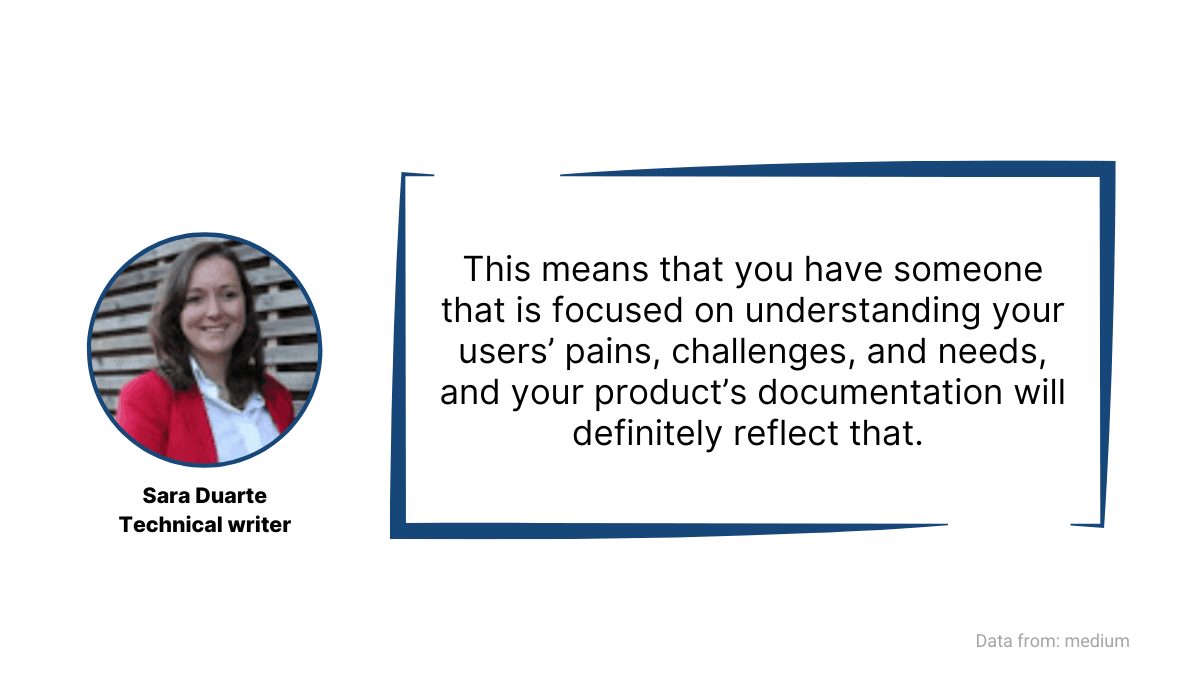
Source: Archbee
As you can see, she also mentioned that a technical writer would make an impact on your product documentation.
That shouldn’t be underestimated—some SaaS companies let software developers and engineers write technical documentation because they have the necessary expert knowledge about the product.
However, they don’t always have the skills to take an often staggering amount of information, organize it, reframe it and present it so that a customer without prior knowledge of a product can read and understand it—which are a technical writer’s essential skills.
Luckily, great documentation platforms like Archbee can make those tasks easier for technical writers.
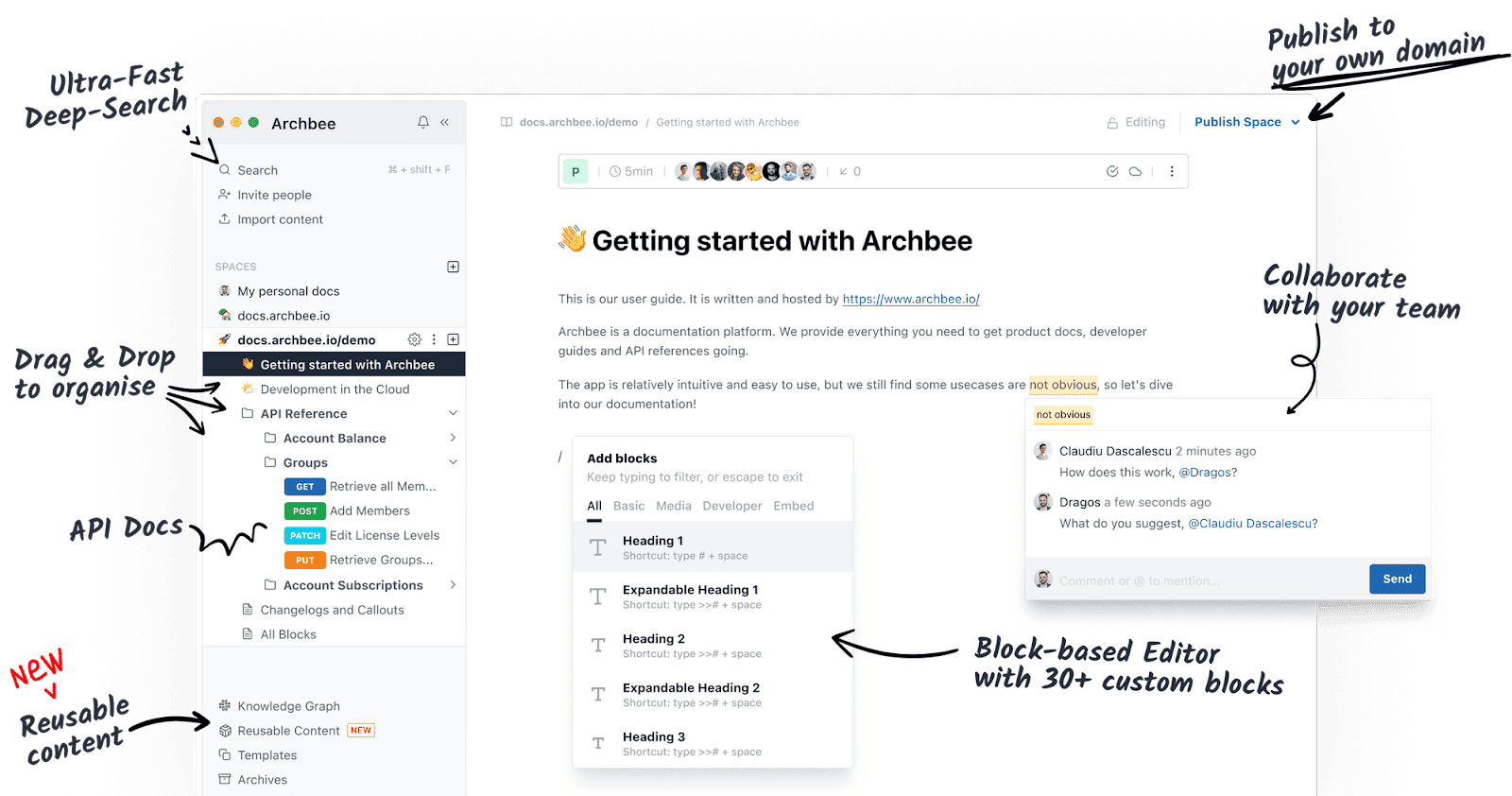
Source: Archbee
Writers can use Archbee for every step of creating a technical document, from writing the text and enriching it with visuals to organizing it into categories and collaborating with the rest of the team.
That way, if you hire a technical writer, you can provide them with a tool that will allow them to do their best work.
When to Hire a UX Writer
Your company might have a top-notch software product that leaves the competition in the dust with its features, but that doesn’t mean the users will enjoy using it.
And if they don’t enjoy it, they could go to a competition, leaving you wondering why. The reason might be that you didn’t have a UX writer to guide your customers.
If you want your customers to have a great time using your product, a UX writer is essentially there to hold their hand.
In addition to guiding your customers through the user interface, an excellent UX writer can inject your brand’s personality into their messages while being as concise as possible.
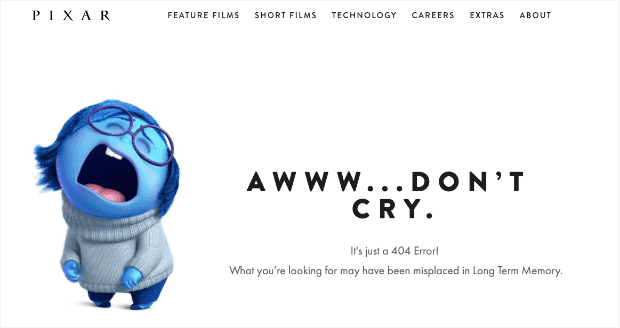
Source: optinmonster
That’s what a UX writer did in the error message on Pixar’s webpage you can see above.
With only three sentences, they turned something usually annoying into something that conveys the message, makes a user smile, and is entirely on brand with the company.
The same applies to software products. For instance, Duolingo is one of the most popular apps for learning languages, and they pay a lot of attention to guiding their users through it.
Let’s look at an example of a message that virtually every app has—one about sending you notifications.
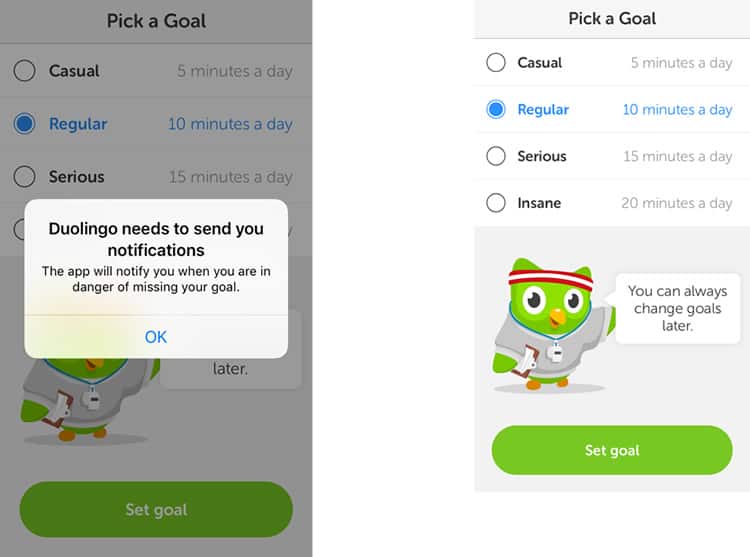
Source: usabilitygeek
A UX writer has a challenging task while writing a message like that—they need to inform the user that they’ll get some value out of those notifications.
In the example above, Duolingo lets the user know that the notifications will actually help them in their language-learning process.
That’s just one example of what a great UX writer can do for your product—think outside of the box to make your customer’s experience as pleasant as possible by often only using a few words.
Conclusion
We hope we’ve shown you how different the technical and UX writers’ jobs are and how they can contribute to your company.
Both roles have unique responsibilities and can be crucial in bringing out the best in your product.
Customers want to have straightforward, clearly written documentation that can help them with every aspect of your product, and they also want to have a smooth experience using it. In today’s market, anything less will encourage them to check out your competition.
If you utilize the strengths of those two types of writers, you can raise your product to a new level.
Frequently Asked Questions
A technical writer turns complex, domain‑specific information into clear, actionable content that helps people use a product, solve problems, and stay compliant.
How they work
- Research with subject‑matter experts and users to understand goals and pain points
- Plan information architecture and content strategy so people can find answers fast
- Write, edit, and structure content for clarity, accuracy, and reuse
- Add supporting visuals (screenshots, diagrams, code samples) and standards (style, terminology)
- Collaborate with engineering, product, support, legal, and QA
- Publish, version, and maintain a single source of truth
- Measure performance and iterate (search success, doc CSAT, ticket deflection)
Typical deliverables
- User and admin guides, tutorials, FAQs
- API/SDK documentation and integration guides
- Release notes and changelogs
- Knowledge base articles and troubleshooting flows
- Onboarding and setup checklists
- SOPs, runbooks, and compliance documentation
Where domain knowledge matters
- Software/SaaS, pharma and medical devices, fintech, hardware/IoT, manufacturing, architecture/engineering, and more
Results you can expect
- Fewer support tickets and escalations
- Faster onboarding and time‑to‑value
- Better self‑serve success and adoption
- Stronger compliance and audit readiness
- Consistent, trustworthy documentation across teams
